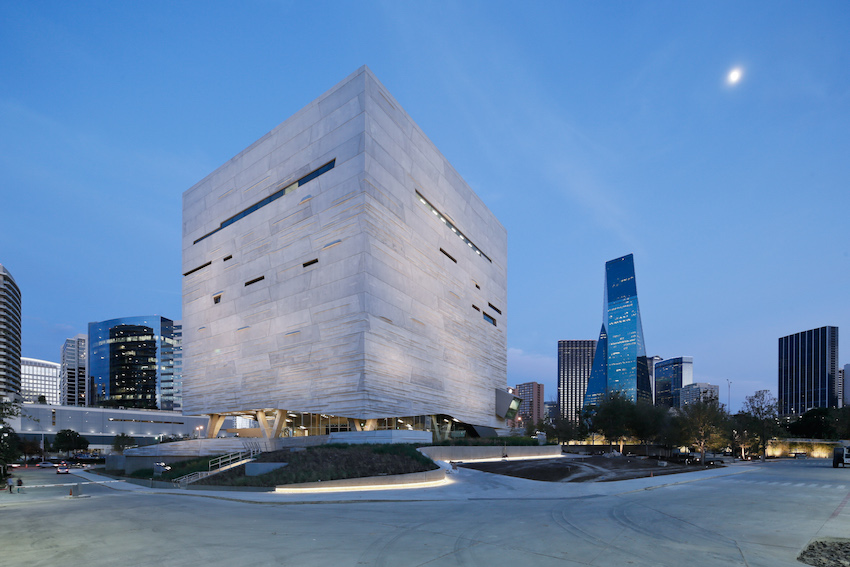Concrete Impacts: Maintaining performance and reducing carbon with Portland-Limestone Cement
The use of Portland-limestone cement (PLC) as a proven alternative
Sponsored by Holcim (US) Inc. | By Erika Fredrickson
Concrete has been used widely in buildings for centuries because it is a remarkable material that when newly mixed is plastic and malleable but strong and durable when cured and hardened. Its ubiquitous presence attests to its strength, versatility, durability, and utility as a primary construction material. However, the production and creation of concrete, primarily the cement used to make it, emits large amounts of CO2 into the atmosphere. This course looks at the use of Portland-limestone cement (PLC) as a proven alternative to ordinary Portland cement (OPC) in concrete. The addition of supplemental cementitious materials (SCMs) such as fly ash, slag, and natural pozzolans are also addressed. These strategies have been recognized as a way to significantly reduce the amount of CO2 embodied in the concrete.

Photo courtesy of Holcim
Holcim (US) Inc., is one of the world’s leading suppliers of sustainably manufactured cementitious materials. The Holcim Awards for Sustainable Construction promotes and supports the innovative solutions of architects for the future built environment with $2 million in prize money.
Originally published in Architectural Record
Originally published in May 2022
LEARNING OBJECTIVES
- Discuss the evolution of concrete and supplemental cementitious materials (SCMs) as they relate to safely designed buildings.
- List the environmental issues related to using concrete as a primary building material, particularly in terms of embodied carbon.
- Describe how Portland-limestone cement (PLC) serves as an alternative blended cement with reduced embodied carbon that helps create more sustainable buildings.
- Explain how specifying Type IL Portland-limestone cement for a project is consistent with approved standards for safety and performance.











